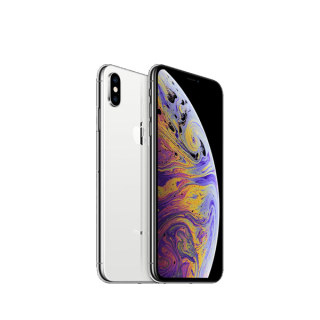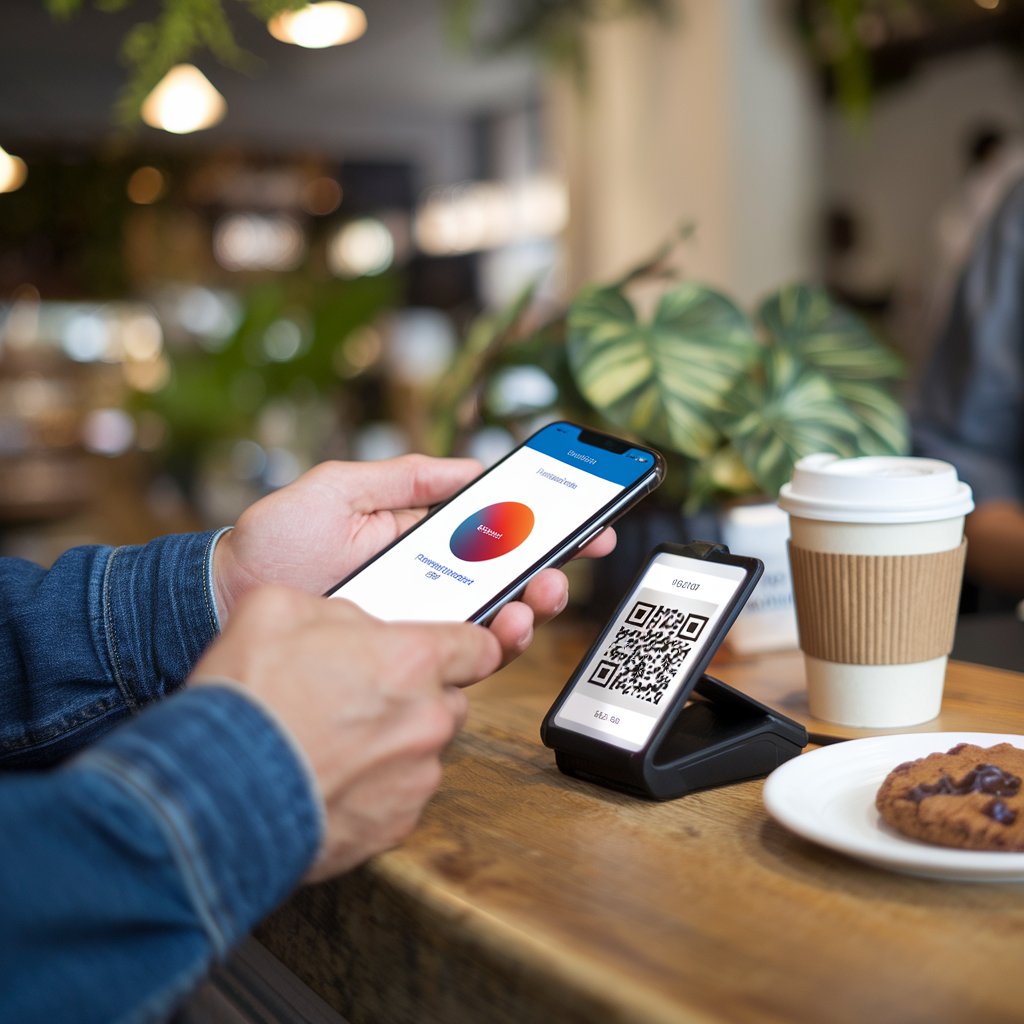Category
Our Best Sellers
-
 Cras viverra rhoncus
Rated 5.00 out of 584.00$
Cras viverra rhoncus
Rated 5.00 out of 584.00$ -
 Suspendisse volutpat massa
Rated 4.00 out of 539.00$
Suspendisse volutpat massa
Rated 4.00 out of 539.00$ -
 In fringilla felis non nulla porta rutrum
Rated 3.00 out of 5
In fringilla felis non nulla porta rutrum
Rated 3.00 out of 578.00$Original price was: 78.00$.65.00$Current price is: 65.00$. -
 Aliquam erat volutpat
Rated 2.00 out of 550.00$
Aliquam erat volutpat
Rated 2.00 out of 550.00$ -
 Suspendisse gravida lacus varius
Rated 1.00 out of 5
Suspendisse gravida lacus varius
Rated 1.00 out of 533.00$Original price was: 33.00$.22.00$Current price is: 22.00$. -
 Théière marocaine artisanale en argent
120.00$
Théière marocaine artisanale en argent
120.00$
-
 Cendrier Authentique et Décoratif
30.00$
Cendrier Authentique et Décoratif
30.00$
-
 Suspendisse vehicula at dui
56.00$
Suspendisse vehicula at dui
56.00$
-
 Aenean non pellentesque mauris
Aenean non pellentesque mauris
68.00$Original price was: 68.00$.55.00$Current price is: 55.00$. -
 Nulla feugiat felis tempor sem
61.00$
Nulla feugiat felis tempor sem
61.00$
Popular
-
 Théière marocaine artisanale en argent
120.00$
Théière marocaine artisanale en argent
120.00$
-
 Cendrier Authentique et Décoratif
30.00$
Cendrier Authentique et Décoratif
30.00$
-
 Aliquam erat volutpat
Rated 2.00 out of 550.00$
Aliquam erat volutpat
Rated 2.00 out of 550.00$ -
 Cras viverra rhoncus
Rated 5.00 out of 584.00$
Cras viverra rhoncus
Rated 5.00 out of 584.00$ -
 Suspendisse volutpat massa
Rated 4.00 out of 539.00$
Suspendisse volutpat massa
Rated 4.00 out of 539.00$


Introduction
Mobile payment systems have emerged as a transformative force in Africa\’s financial landscape. With a significant portion of the population lacking access to traditional banking services, mobile payments offer innovative solutions that cater to the continent\’s unique economic needs. This study delves into the mobile payment phenomenon from an economic perspective, analyzing its impact on financial inclusion, economic development, consumer trends, and the challenges it faces. This comprehensive examination incorporates statistical data, graphical representations, and case studies to provide a detailed overview of the topic.
1. Economic and Social Context
1.1. State of Financial Services in Africa
Historically, Africa has struggled with limited access to financial services. The World Bank reports that approximately 1.7 billion adults worldwide do not have a bank account, with a substantial percentage residing in Africa. The main barriers to financial inclusion include:
- Limited Infrastructure: According to the Global Findex Database, only about 23% of adults in sub-Saharan Africa had a bank account in 2020.
- High Costs: Banking fees and the costs associated with opening accounts deter many individuals from engaging with formal financial institutions.
- Low Financial Literacy: A significant number of individuals lack the knowledge necessary to navigate financial products and services effectively.
1.2. Emergence of Mobile Payments
The launch of mobile payment platforms like M-Pesa in Kenya in 2007 marked a significant shift in financial access. These platforms allow users to conduct financial transactions via their mobile devices, thereby facilitating access to essential financial services for millions, particularly in rural areas.
2. Adoption and Growth of Mobile Payments
2.1. Key Statistics
- Mobile Penetration: As of 2021, Africa had approximately 495 million mobile subscribers, representing about 44% of the continent\’s population.
- Mobile Payment Users: By 2020, the number of mobile payment users in sub-Saharan Africa reached 280 million, with continued growth projected for the coming years.
2.2. Factors Driving Growth
Several key factors contribute to the rapid growth of mobile payments in Africa:
- Accessibility: In 2020, smartphone penetration in Africa reached 26%, enabling more individuals to access mobile payment applications.
- Consumer Trust: Increased security measures and the reliability of mobile payment platforms have built consumer confidence.
- Innovation: Local companies and startups are continuously developing solutions tailored to local needs, making mobile payments more appealing.
2.3. Growth Trajectory
The growth of mobile payments in Africa has been remarkable. For instance, a report from GSMA indicates that mobile money transactions in Africa grew by 65% in 2020 compared to the previous year, reaching $490 billion.
3. Economic Impact
3.1. Financial Inclusion
Mobile payments have significantly advanced financial inclusion in Africa. According to a study by the World Bank, a 10% increase in mobile payment usage correlates with a 2.5% reduction in poverty levels.
- Statistical Evidence: Countries like Kenya have seen the number of bank accounts double since the introduction of mobile payments, with over 75% of the adult population using mobile money services.
3.2. Growth of Small and Medium Enterprises (SMEs)
Mobile payments have become a lifeline for small and medium enterprises (SMEs) in Africa. These solutions provide entrepreneurs with efficient ways to accept payments, manage cash flow, and expand their customer base.
- Case Study: In South Africa, a 2019 study found that SMEs utilizing mobile payments experienced a 20% increase in sales.
3.3. Informal Economy
The informal economy is a significant aspect of many African countries. Mobile payments facilitate transactions within this sector, promoting transparency and traceability.
- Statistics: In 2020, it was reported that 70% of informal workers in Kenya used mobile payments for their transactions.
3.4. Economic Growth
The overall impact of mobile payments extends to macroeconomic growth. The increased efficiency in transactions leads to higher productivity levels, ultimately contributing to economic development.
- Economic Growth Metrics: According to a report by McKinsey, mobile money has the potential to add $3.5 billion to Kenya’s GDP by 2025.
4. Case Studies
4.1. M-Pesa in Kenya
Overview: Launched in 2007 by Safaricom, M-Pesa has redefined the financial landscape in Kenya.
- User Growth: As of 2021, M-Pesa had over 40 million users in Kenya, accounting for more than 70% of the country’s mobile money transactions.
- Impact on Livelihoods: A study by MIT in 2016 found that M-Pesa increased the income of households by 14%, providing a significant boost to financial stability.
4.2. Orange Money in Côte d\’Ivoire
Launch: Introduced in 2008, Orange Money quickly became popular in Côte d\’Ivoire.
- Market Share: By 2020, Orange Money had captured approximately 40% of the mobile payment market in the country.
- Economic Impact: A 2019 study revealed that businesses using Orange Money experienced a 15% increase in revenue due to improved transaction efficiency.
5. Challenges and Obstacles
5.1. Infrastructure and Connectivity
Despite significant progress, many rural areas in Africa still lack reliable internet access, which poses a challenge for mobile payment adoption.
- Investment Needs: The African Development Bank estimates that $130 billion is needed annually to improve the continent\’s infrastructure, including telecommunications.
5.2. Security and Fraud
Security concerns remain a significant barrier to the widespread adoption of mobile payments. A 2020 study found that approximately 30% of mobile payment users in Africa reported concerns about fraud.
- Strategies for Improvement: Companies must invest in advanced security technologies, such as biometric authentication and encryption, to enhance user trust.
5.3. Regulatory Environment
The regulatory landscape for mobile payments is still evolving in many African countries. Clear regulations are essential to encourage innovation while protecting consumers.
- Case Study: In Nigeria, the Central Bank introduced new regulations for mobile payments in 2021, aiming to improve security and foster competition among service providers.
6. Future Perspectives
6.1. Technological Innovations
Emerging technologies such as artificial intelligence and blockchain are poised to further transform mobile payment systems. These advancements can enhance security, transparency, and efficiency in transactions.
- AI Applications: AI can help in fraud detection and risk assessment, providing better protection for users.
6.2. Public-Private Partnerships
Collaboration between public and private sectors will be crucial in addressing infrastructure and regulatory challenges. Governments can partner with tech companies to develop solutions that meet local needs.
- Examples of Collaboration: Countries like Kenya and South Africa have seen successful public-private partnerships that have improved mobile payment infrastructure.
6.3. Financial Education
To maximize the impact of mobile payments, financial literacy programs must be implemented. Educating users about the benefits and risks of mobile payment systems will foster greater adoption.
- Programs in Place: Organizations such as the African Development Bank are promoting financial literacy initiatives to empower users in managing their finances.
Conclusion
Mobile payments in Africa represent a significant advancement toward financial inclusion and economic development. While challenges remain, the future appears promising, with ongoing innovations, strategic partnerships, and enhanced financial education playing crucial roles. By embracing this evolution, Africa can not only improve the quality of life for its citizens but also strengthen its position in the global economic landscape.
Written by hicham
Best offers
Join Risk Free
30 days refund
100% Safe
Secure Shopping
24x7 Support
Online 24 hours
Best Offers
Grab Now
Shipping worldwide
Delivery to all countries of the world.
Know Us

Neque viverra justo nec ultrices dui sapien eget. Gravida cum sociis natoque penatibus. Imperdiet proin fermentum leo vel orci porta non
Read MoreStore Updates



Product Showcase







